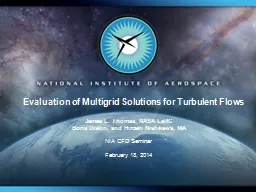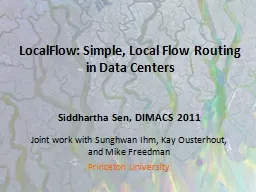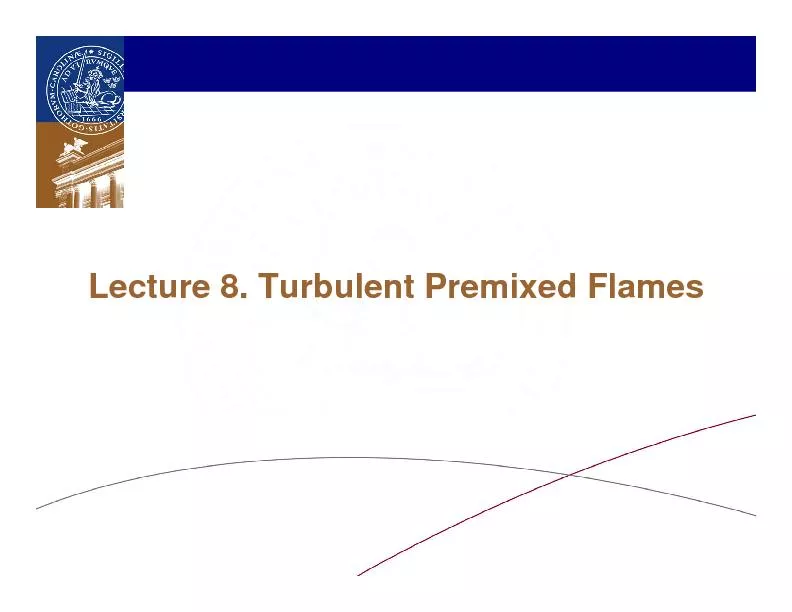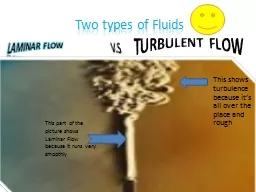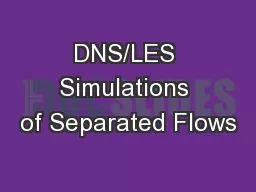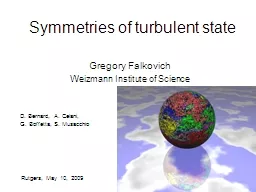PPT-Evaluation of Multigrid Solutions for Turbulent Flows
Author : stefany-barnette | Published Date : 2017-07-17
James L Thomas NASA LaRC Boris Diskin and Hiroaki Nishikawa NIA NIA CFD Seminar February 18 2014 Time Dependent Adjoint Airframe Noise FUN3D httpfun3dlarcnasagov
Presentation Embed Code
Download Presentation
Download Presentation The PPT/PDF document "Evaluation of Multigrid Solutions for Tu..." is the property of its rightful owner. Permission is granted to download and print the materials on this website for personal, non-commercial use only, and to display it on your personal computer provided you do not modify the materials and that you retain all copyright notices contained in the materials. By downloading content from our website, you accept the terms of this agreement.
Evaluation of Multigrid Solutions for Turbulent Flows: Transcript
Download Rules Of Document
"Evaluation of Multigrid Solutions for Turbulent Flows"The content belongs to its owner. You may download and print it for personal use, without modification, and keep all copyright notices. By downloading, you agree to these terms.
Related Documents

